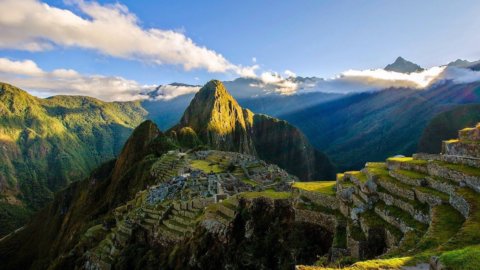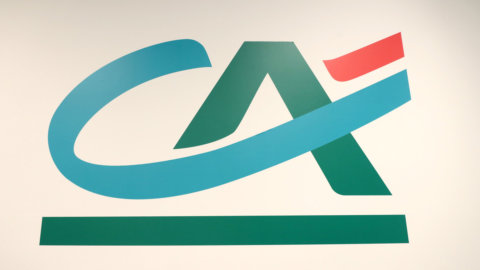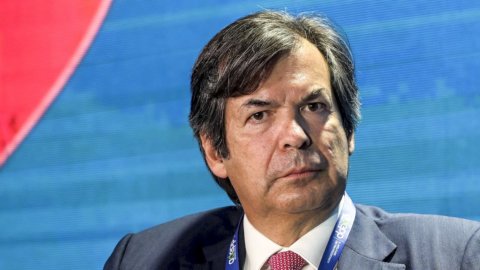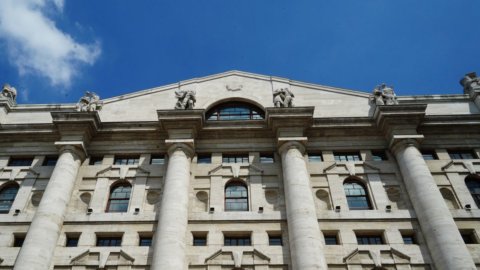How important is the political stability of a country in the evaluation of a country? Much, indeed more, is to be answered by thinking about the suffering of our national debt at every cough of the spread. But this is not always the case, judging by the calm with which the markets are evaluating the turbulence that is affecting the Peru. Under the skies crossed by condors, in fact, the full president is going crazy: Martin Vizcarra in office at the beginning of the year, was forced to resign after the impeachment of parliament. His successor, Manuel Merino, held out for only five days before street protests prompted him to take a step back. Now it's up to Francisco Sagasti, 76, a retired World Bank official who has the difficult task of leading the country towards elections next spring.
In short, it does not seem the ideal climate for an investor, especially a pension fund. Nevertheless, the South American country has been able to raise one billion dollars on the market over 100 years. Yes, in order to obtain a positive yield equal to 1,7 per cent, there are managers who have used customers' money until 2120. A choice justified by the boom in copper, the most important item of exports, entirely absorbed by the China, which has allowed strong GDP growth and entry into the club of countries that boast secular bonds: Austria, Mexico and, surprisingly, Argentina, a country subscribed to defaults that periodically shake the debt market. All that remains is to wish good luck to the investors who have decided to tread the paths of the lands that belonged to the Incas and, more recently, to the guerrillas of Sendero Luminoso. Explorers in grisaille who descended from Wall Street who, once the pressure of Covid-19 had subsided, decided to reopen the routes to Emerging Countries, once again promoted to deal of the century after a couple of weeks after having plunged to very low values since spring under the pressure of the pandemic that has prompted the rich to get rid of bonds and shares of countries such as Mexico or Brazil, which have always been judged at risk when global demand is not strong and the big banks monetize to focus on home gardens, so safe how poor in returns.
From March to the end of October, at least 90 billion dollars were demobilized from the global South by financiers hunting for "safe havens". But the phenomenon is picking up speed, after Joe Biden's statement. Here's how Lombard Odier's Stephane Monier sees it: “We expect a recovery in global trade thanks to a shift in US-China relations, and an improved trade landscape for industries that depend on complex supply chains and logistics. This should favor a strong recovery of the emerging economies”. All this should help the recovery of emerging markets, sacrificed in recent months but today driven by hopes of vaccines and the reduction of extreme risks for the weaker currencies with the result of raising the JP Morgan Emerging Market Currency Index in the first quarter of 2021 "For this reason - continues Monier - we favor currencies that enjoy a valuation buffer, good external balances and exposure to a recovery in world trade such as, for example, the Chinese Yuan, South Korean Won, Czech Koruna and Chilean Peso, as well as those that will perform well in an interest rate environment such as the Taiwanese dollar and the Israeli shekel”.
Ma trips to Africa cannot be ruled out, following the advice of Charles Robertson of Renaissance Capital who does not disdain purchases in Kenya, Ghana, Nigeria and Angola, lands for operators who love strong emotions. In this phase of the market, characterized by the return of Western capital to emerging markets, is the manager's suggestion reported by the Financial Times, it is good to focus on countries at risk, with a low rating and modest liquidity because, explains M.Robinson, manager of Aberdeen, "the mood of the markets has changed". “Until a week ago – he explains – the attention was dominated by Nasdaq stocks, very expensive but with a strong exposure to digital, suitable for remote work. Today, sectors such as oil or other raw materials have been rediscovered”. The risk? “For now it is modest – assures Robertson – The important thing is not to be caught unprepared when central banks tighten the purse strings, as happened in 2013 when Ben Bernanke, then chairman of the Fed, attempted to drain the liquidity injected into the system to counteract the recession. The maneuver was soon withdrawn also due to the earthquake caused among the Emergenti. The Fed is unlikely to try again. And so on to make profits towards the South of the world keeping away from the dollar. As stated in a Citi report, the US currency will be at risk the most seen in 2021. Better to head for the Sol, the currency of Peru, land of llamas and condors.





